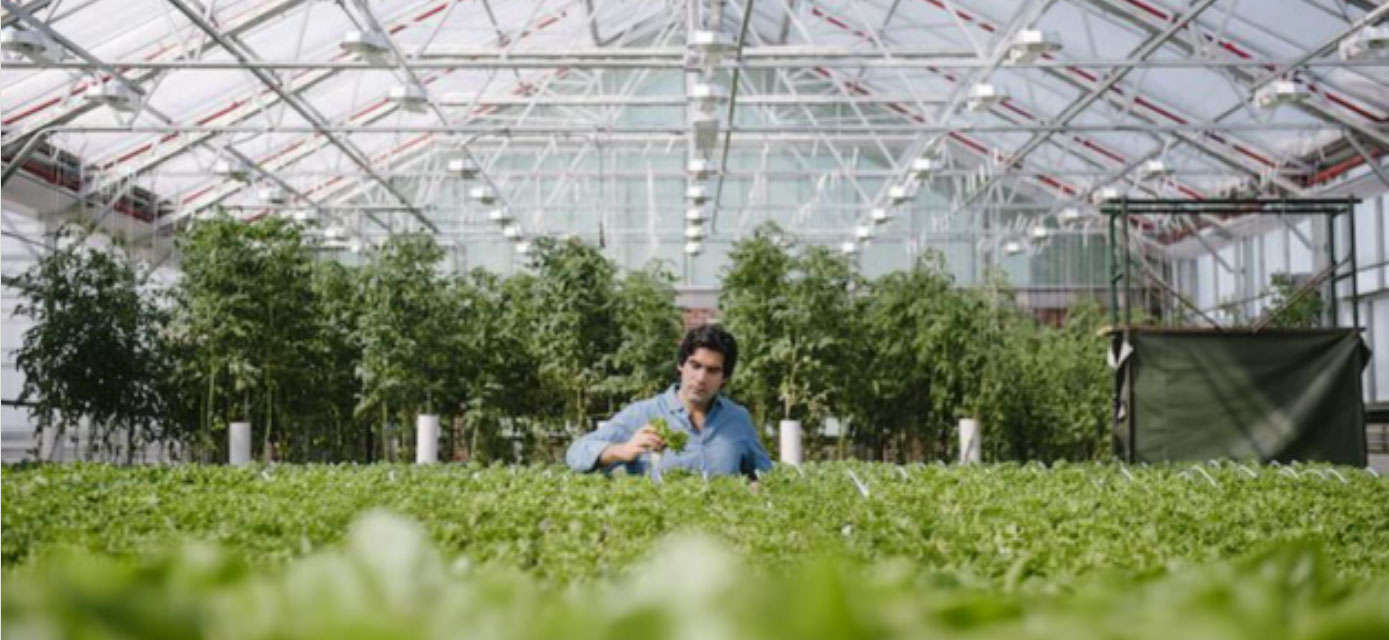
Understanding Greenhouses vs. Vertical Farms
As our world grapples with the challenges of climate change and diminishing resources, the need for sustainable and locally-grown food has become increasingly crucial. This has given rise to innovative solutions like greenhouses and vertical farms, which hold tremendous potential to revolutionize our agricultural practices. Today, let’s delve into the fascinating world of these two cutting-edge technologies and explore their differences.
What is a Greenhouse?
Greenhouses, often referred to as glasshouses, have long been a staple in agricultural practices. They provide controlled environments that extend the growing season and protect crops from adverse weather conditions. By harnessing natural sunlight, greenhouses create an ideal microclimate for plants to flourish, reducing the reliance on pesticides and promoting organic cultivation.
These structures offer versatility in crop choices, from flowers and vegetables to fruits and herbs, making them a popular choice among farmers and horticulturists.
What is a Vertical Farm?
Vertical farms, on the other hand, represent a paradigm shift in how we envision urban agriculture. They are self-contained systems that stack crops vertically, utilizing space more efficiently and enabling year-round cultivation in urban environments. Vertical farms leverage innovative technologies such as hydroponics, aeroponics, and LED lighting to optimize resource utilization, water efficiency, and energy consumption.
By eliminating the need for vast expanses of land, vertical farms can grow a wide range of crops within densely populated cities, reducing the carbon footprint associated with long-distance transportation.
The Advantages of a Greenhouse vs a Vertical Farm
When it comes to the production of locally grown food, both greenhouses and vertical farms have distinct advantages. Greenhouses offer a long-standing history of successful cultivation, allowing farmers to tap into traditional agricultural knowledge while incorporating modern techniques. They are particularly well-suited for regions with ample sunlight and moderate climates, where they can seamlessly integrate into existing farming systems.
Vertical farms, on the other hand, offer exciting opportunities for urban environments where land is limited. By utilizing vertical space, they can transform abandoned buildings or repurposed warehouses into thriving agricultural hubs, bringing food production closer to consumers. Vertical farms have the potential to significantly reduce the carbon emissions associated with long supply chains and offer unparalleled freshness and quality in produce, satisfying the growing demand for local, sustainable food.
Choosing the Right Method
Ultimately, the choice between greenhouses and vertical farms depends on various factors such as location, climate, available resources, cost of energy, and market demand. Both approaches contribute to a more resilient and sustainable food system, addressing food security, reducing environmental impact, and empowering local communities.
As we navigate the complexities of the 21st century, it’s vital to embrace innovative solutions like greenhouses and vertical farms, pushing the boundaries of what’s possible in agriculture. By combining the strengths of these technologies, we can unlock a future where fresh, nutritious, and locally grown food is accessible to all, nourishing our bodies and nurturing our planet.
At NuLeaf, we work with both greenhouse and vertical farmers to deliver more profitable and sustainable food systems. Together with our customers, we’re cultivating a greener, more sustainable world, one harvest at a time.








